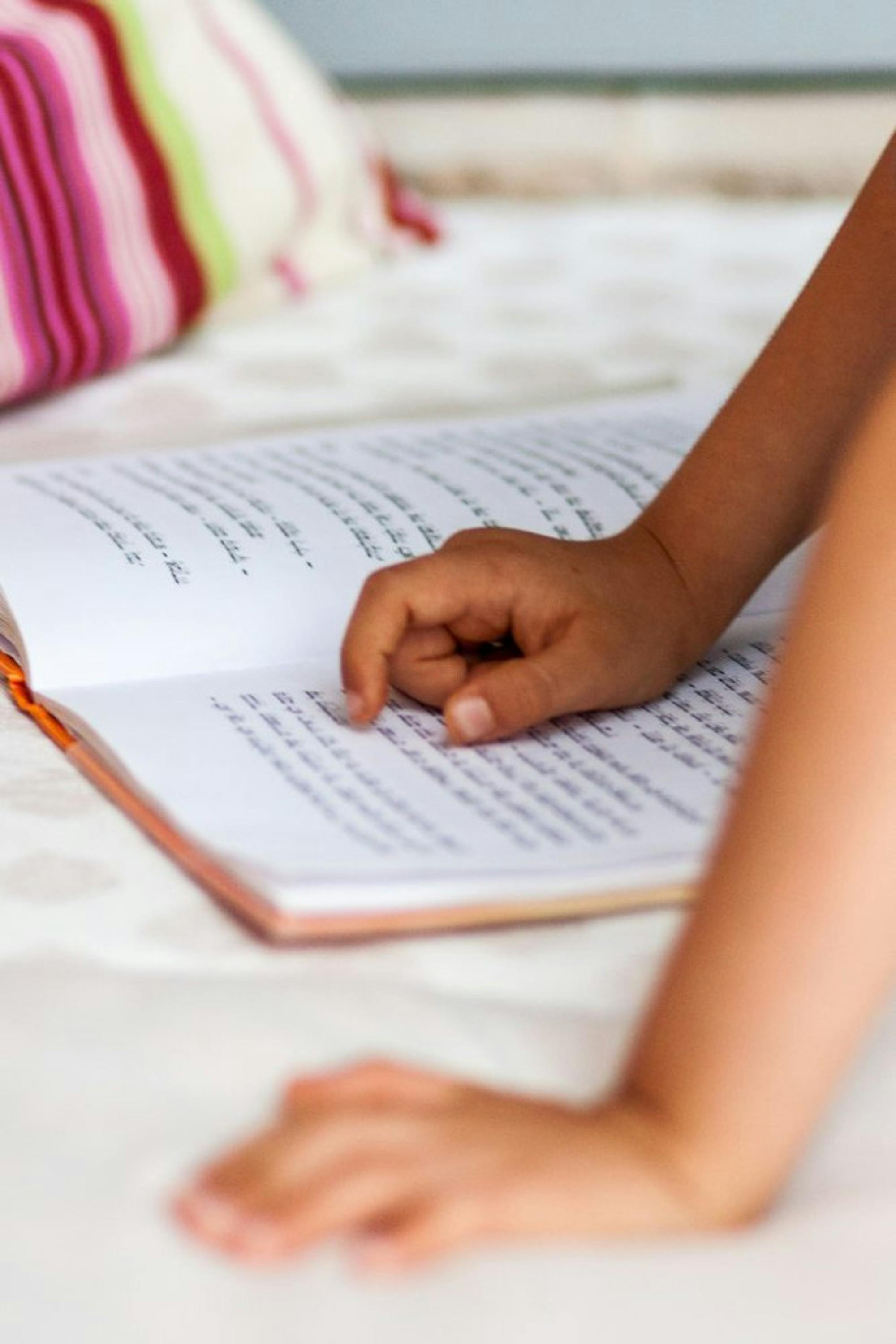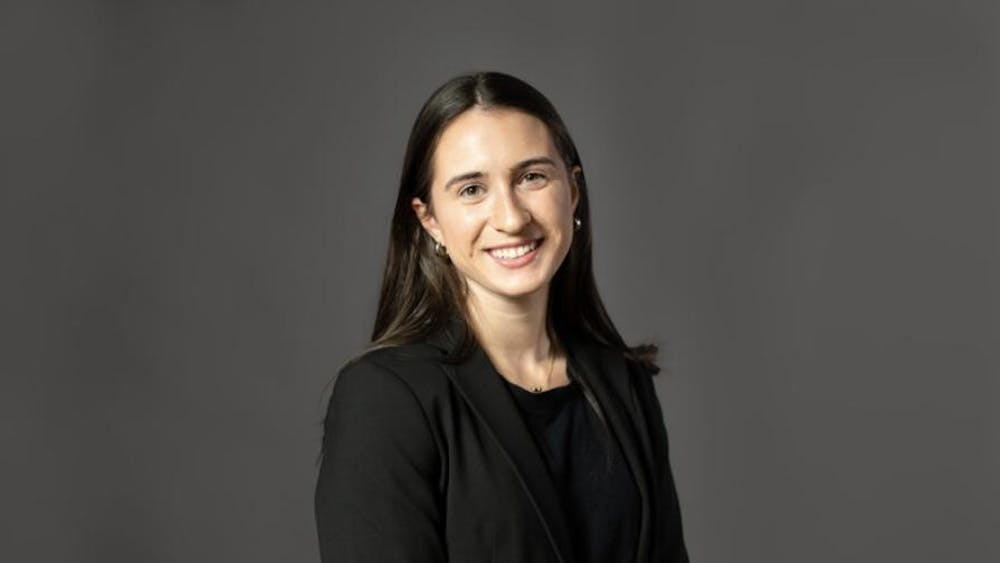
When one hears “religious holiday,” the first word to enter their mind is not typically “queer.” However, as a bisexual, queer Jew from a queer household, the Jewish high holidays have always felt like a unique way to connect to one’s LGBTQIA+ identity, spirit, body and space.
The high holidays begin with Rosh Hashanah, the Jewish New Year, which looks a bit different from a traditional American New Year celebration. The holiday involves joyous communal meals and synagogue services, where we pray, reflect, join and sound the shofar, a ram’s horn turned musical instrument. We eat sweet foods, like apples and dates, to symbolize our hope for a sweet and healing year to come, even after antisemitic attacks, personal struggles, pandemic losses and much more. This reflects the hope in the queer community after months and years of difficulty and persecution. Whether it is with a spoonful of honey or a raucous pride parade, there is this sense of positive resilience, a way to preserve and celebrate our identity as we continue forward.
Rosh Hashanah services, in my mind, are also characterized by a deep sense of belonging to community. Even if you are new to a particular synagogue, new to Judaism or new to attending services, there is a rooted communal belonging. As Rabbi Nikki DeBlosi explains, this profound sense of belonging arises “through word and deed, through symbol and role, that we are accepted as we are in the present, that we were preceded by resilient ancestors, and that our actions will continue into the future of our communities and our traditions.” Reflecting upon the resilience of those in the past and accepting ourselves and others in the present is a critical call for both Jewish and LGBTQIA+ communities. For all teachers, rabbis, cantors, organizers and community members, Rosh Hashanah is an opportunity to accept yourself and those around you, through word, deed, role and symbol. In Judaism, there is a extensive emphasis on ritual being backed up by action and change to repair the world (“tshuvah” in Hebrew). While the high holidays are filled with ritual, we are still reminded to take radical inclusive action, including the welcoming and celebration of queer identity in Jewish spaces.
While the next holiday, Yom Kippur, reads as tiresome and a lot more boring in its immediate description, the nuance behind the practices of the holiday provide a beautiful reflection for connecting to and defending queer bodies and identity. It also happens to be one of my favorite holidays. Yom Kippur practices include a day of fasting and attending services, focused heavily on the concept of “teshuvah,” often translated as “atonement” but literally translated as “returning.” This idea of “return” signifies the process one goes through to return to your truest self, your most cherished values and a blank slate for the new year. To reach that point, examining previous mistakes and traumas is never an easy task, but it can reveal the power in what queer Jews and non-Jews have survived. The commandment to reflect on Yom Kippur also extends to asking those in the Jewish community to atone for any homophobic, biphobic or transphobic statements they may have made, which can help heal the community as a whole, especially as more traditional religious spaces may have felt historically unsafe for queer Jews. We are asked to return to more whole versions of ourselves individually and communally on Yom Kippur.
As writer and non-profit fundraiser, Shelly Jay Shore, eloquently explains “It’s [Yom Kippur] a returning to the broken places, where we can still find the endless possibilities of wholeness.”
Fasting on Yom Kippur is also a very difficult act that demands this same journey of “return,” forcing us to acknowledge and become intensely aware of our bodies. This process of fasting can be quite difficult for those that have enduring trauma, especially queer bodies who have historically been attacked and ridiculed. This intense connection to the body is actually quite a radical act for those in the LGBTQIA+ community, and Yom Kippur not only offers you a space to inhabit the body that feels right to you, but also demands that everybody around you respect and safeguard that process.
While the next holiday, Sukkot, is not technically a high holiday, it falls in the Jewish high holiday season and becomes an integral part of the experience as a whole. Sukkot also happens to feel like one of the most joyful, and queer, holidays one can have. It is quite literally about creating safe spaces, which is a chief tenant for many LGBTQ-aligned groups. Sukkot is a week-long holiday in which Jews build and conduct daily practices in a sukkah, a hut reminiscent of those that the Israelites lived in as they wandered the desert for 40 years after their escape from slavery in Egypt. Sukkoth may not be incredibly sturdy, but we are nonetheless meant to celebrate with intense joy while occupying these spaces. Rabbi DeBLosi effectively articulates the ways in which that ritual translates to action, explaining that “Jewish tradition mandates that we create a sense of home and belonging precisely at this time of year, squarely in the face of our vulnerability, our temporality, our mortality.” While both the queer and Jewish communities are inherently vulnerable to attack and each of us is vulnerable to our own mortality, we are called to create vibrant spaces that act as a safehouses for our whole selves to reflect, gather and celebrate our identities joyfully.
On the high holiday rollercoaster through hope, reflection and celebration, there are always moments of difficulty, fatigue and misunderstanding that can be barriers to religious practice, especially for queer Jews, but there is also opportunity to be found in each of these holidays. We can acknowledge our resilience and set our intentions for LGBTQIA+ empowerment, reflect upon the mistakes we’ve made, connect with the bodies that feel most comfortable for ourselves and live vibrantly with joy in the face of persecution or vulnerability. We are here, and here to stay.
Zimra Chickering (24C) is from Chicago, Illinois.





